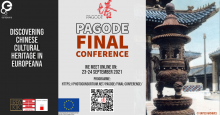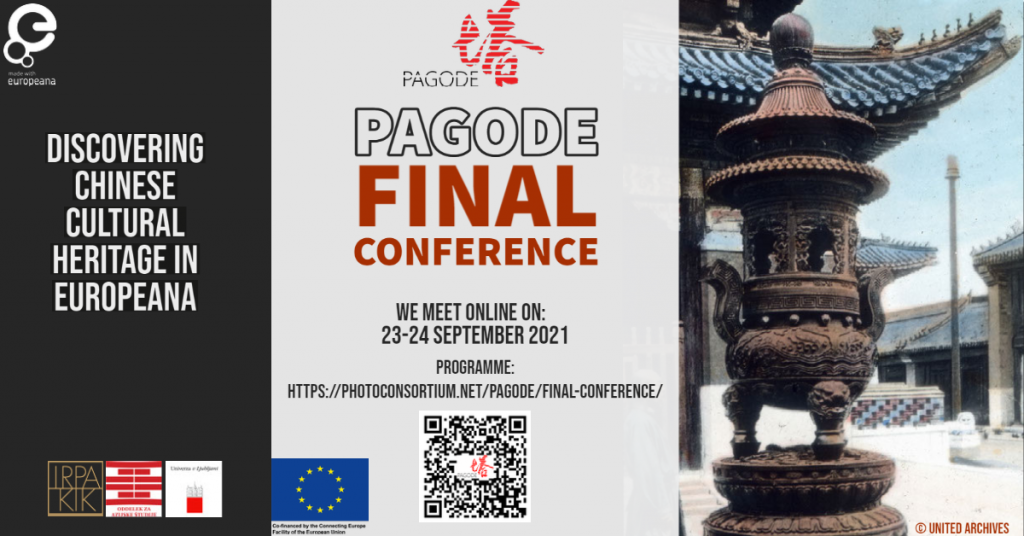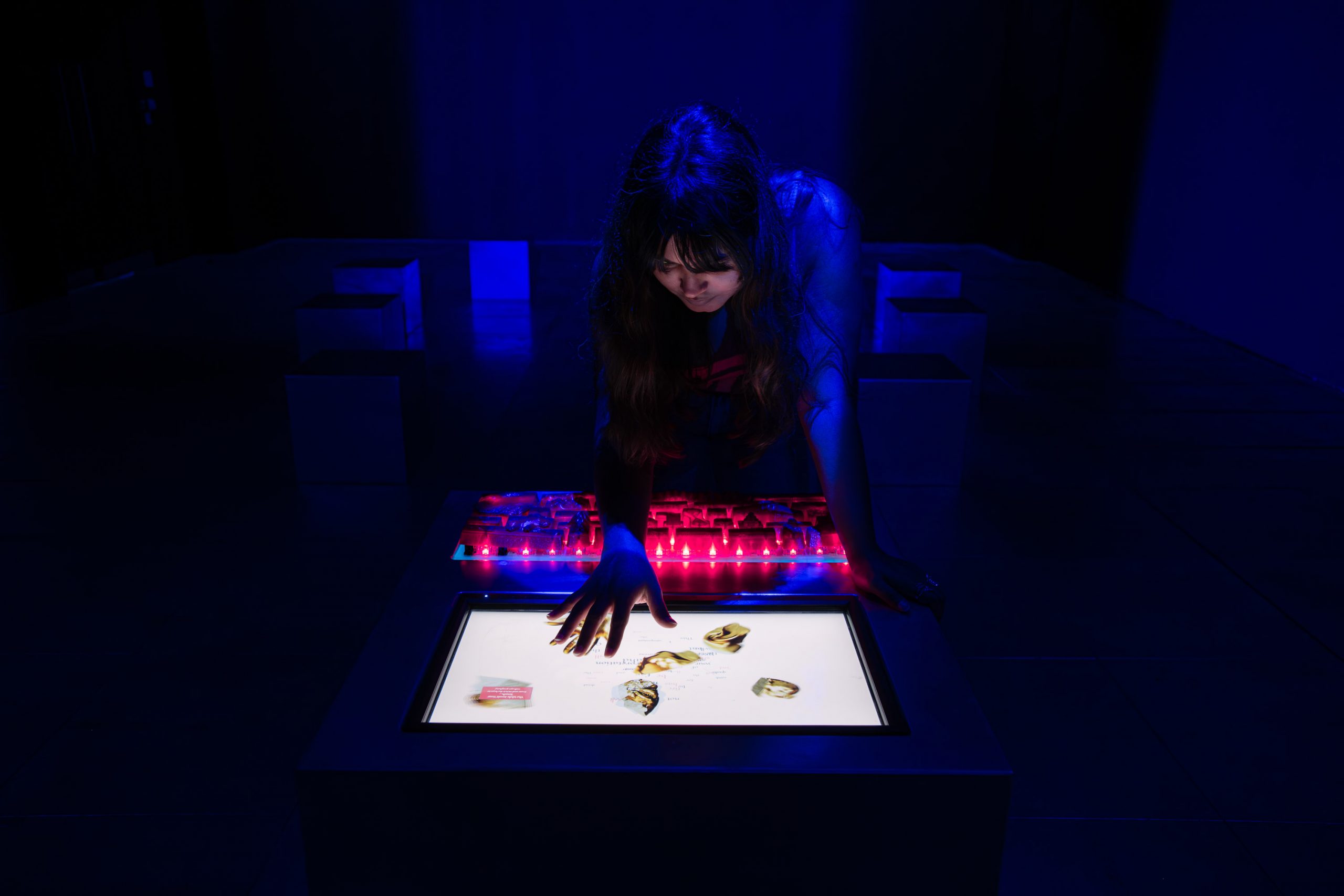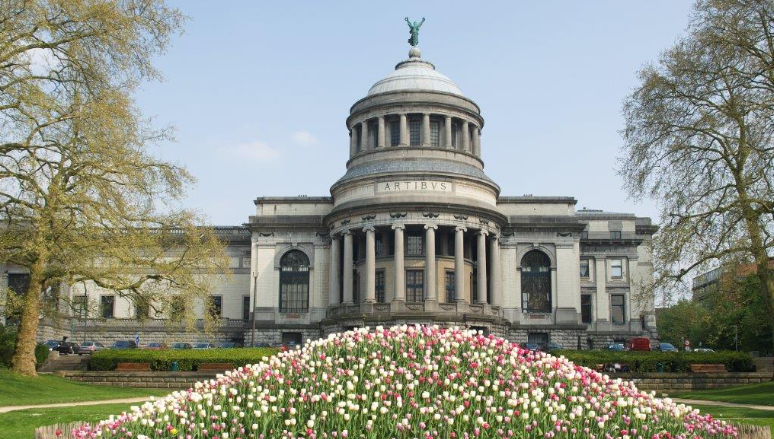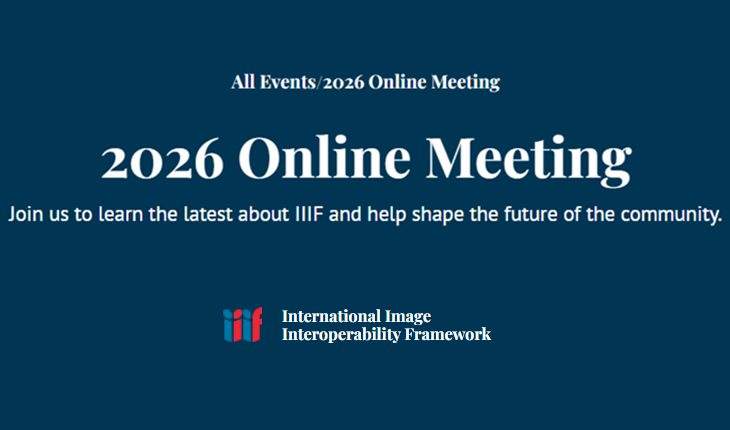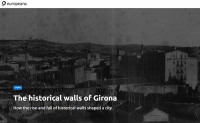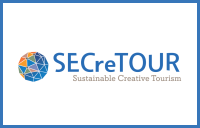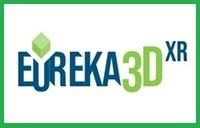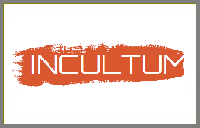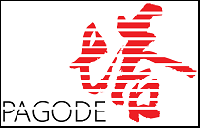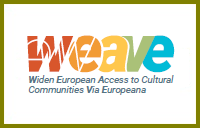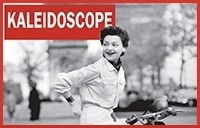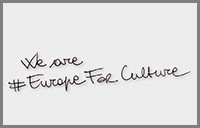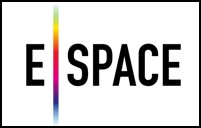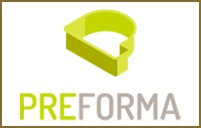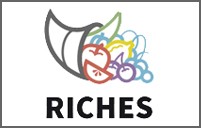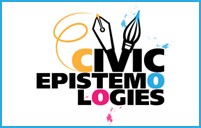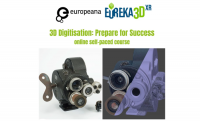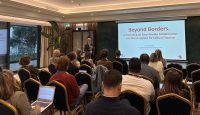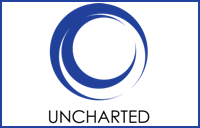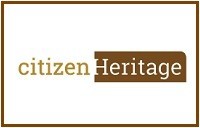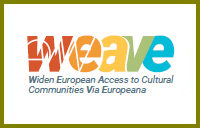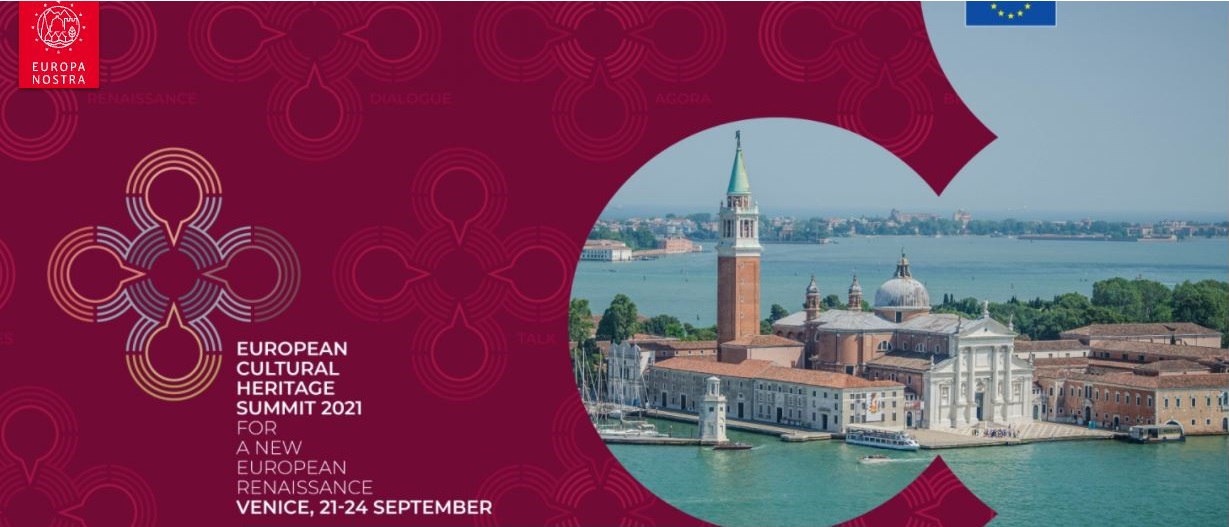
The 2021 edition of European Cultural Heritage Summit took place from 21 to 24 September 2021 in Venice, Italy, organised by Europa Nostra, the European Voice of Civil Society Committed to Cultural Heritage, with the support of the European Union (through the Creative Europe and Horizon 2020 programmes) under the patronage of European Parliament and in collaboration with other European and Italian partners.
The format of the event was hybrid: a selected and limited number of stakeholders was on-site while a wider audience had the opportunity to engage with the event virtually, in livestreaming.
The event was the occasion to celebrate excellence in cultural heritage skills, and to debate the value of cultural heritage for a sustainable and inclusive post-pandemic recovery of Europe.
It also offered the opportunity to discuss and demonstrate the role of cultural heritage for ensuring the success of two key citizen-driven initiatives launched by the EU institutions: the New European Bauhaus, of which Europa Nostra is proud to be civil society partner, and the Conference on the Future of Europe.
Some highlights of the Summit:
- “Saving Endangered Venice & its Lagoon: How to Build Back Better?” meeting
- the 2021 European Heritage Award Ceremony co-hosted by the European Commission and Europa Nostra to celebrate the winners of the European Heritage Awards / Europa Nostra Awards 2021 and of the ILUCIDARE Special Prizes 2021 (during which the four Grand Prix laureates and the winner of the Public Choice Award were announced)
- the European Heritage Policy Agora “From the New European Bauhaus to the New European Renaissance”, that brought together policy-makers at all levels as well as key heritage stakeholders in a series of high-level debates on the most topical issues for the cultural heritage ecosystem in Europe.
A concrete outcome of the Agora was the Venice Call to Action: “For a New European Renaissance”.
It contains over than 10 concrete and actionable proposals aiming European leaders at all levels of governance to duly integrate culture and cultural heritage in their ongoing and future priorities.
More information on the event at https://www.europanostra.org/european-heritage-summit/
 This invite-only event brings together representatives of all running and new Generic Services projects, the funding agency European Health and Digital Executive Agency – HaDEA, and the European Commission.
This invite-only event brings together representatives of all running and new Generic Services projects, the funding agency European Health and Digital Executive Agency – HaDEA, and the European Commission.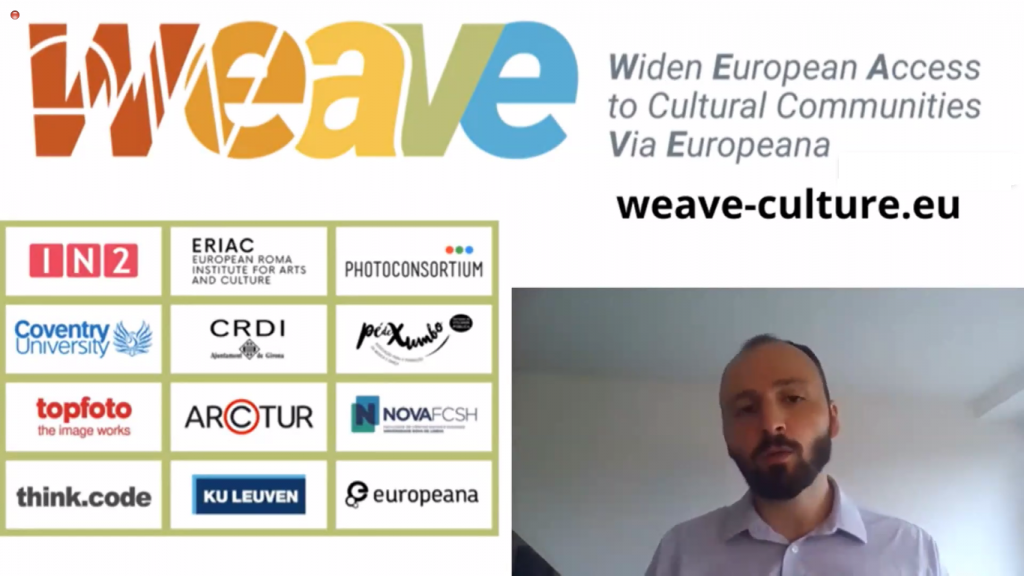



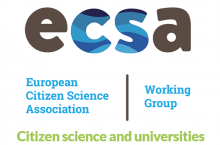
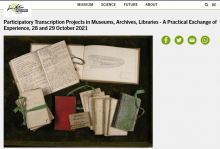
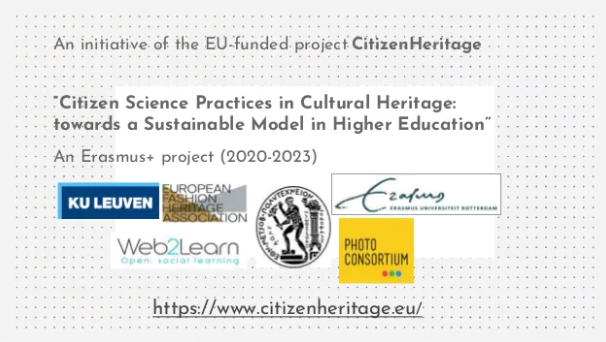 The topic of the CitizenHeritage talk is “
The topic of the CitizenHeritage talk is “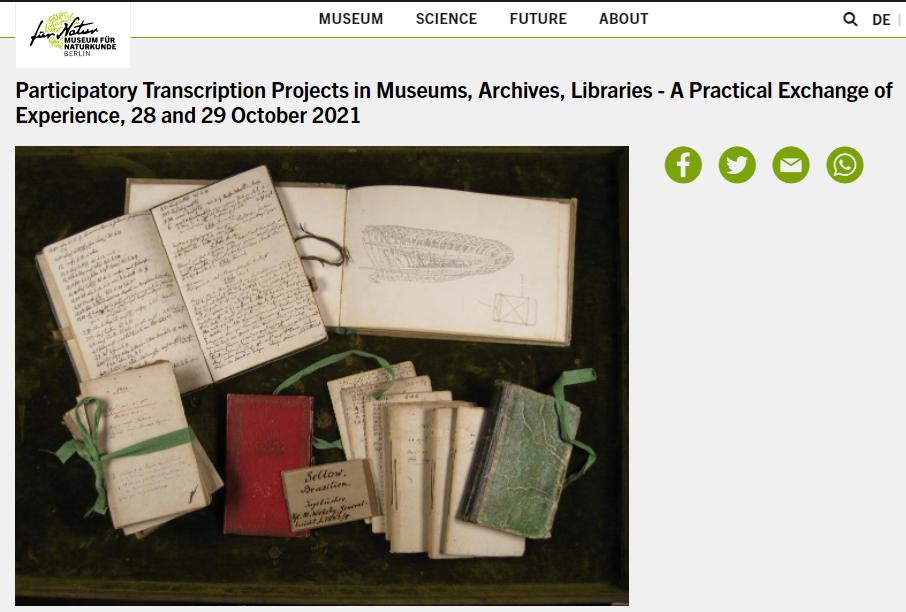 More about the symposium:
More about the symposium: 

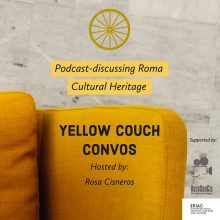
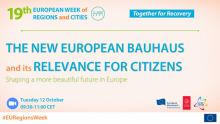
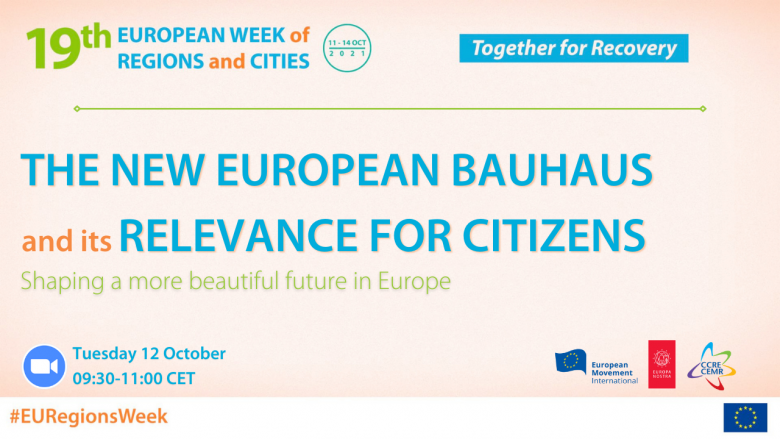 On Tuesday 12 October 2021, from 9:30-11:00 CET, stay tuned! The European Movement International, in partnership with the Council of European Municipalities and Regions (CEMR) and Europa Nostra, will hold a digital panel discussion entitled “The New European Bauhaus and its Relevance for its Citizens – Shaping a More Beautiful Future in Europe”. The debate will be run in the framework of the
On Tuesday 12 October 2021, from 9:30-11:00 CET, stay tuned! The European Movement International, in partnership with the Council of European Municipalities and Regions (CEMR) and Europa Nostra, will hold a digital panel discussion entitled “The New European Bauhaus and its Relevance for its Citizens – Shaping a More Beautiful Future in Europe”. The debate will be run in the framework of the 



